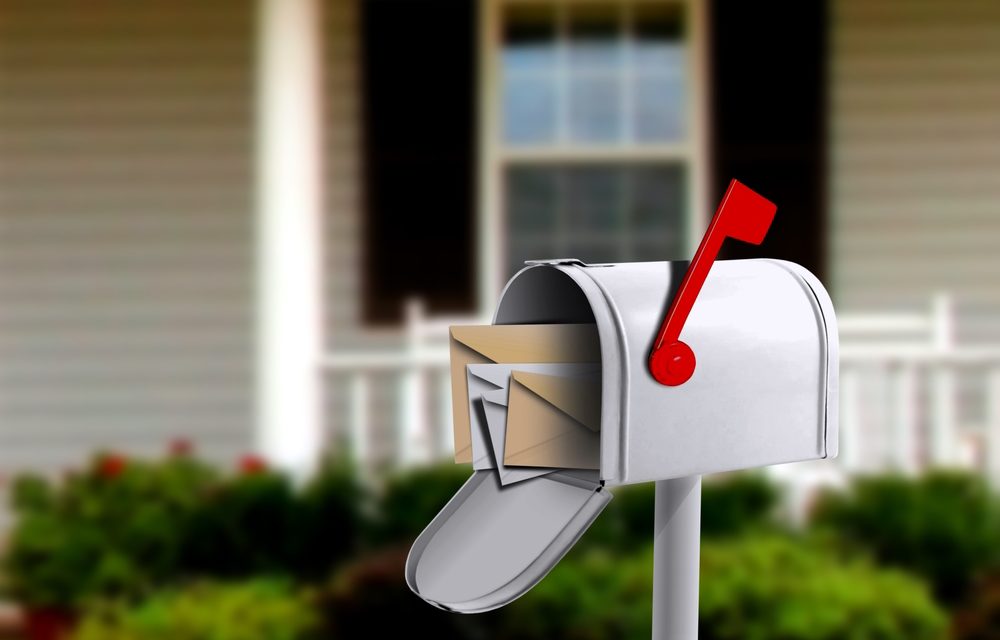The story of Jane Serra, a 31-year-old millennial, should serve as a warning signal for the ever-growing subscription box service industry.
The New York native, who currently lives in Miami and works as a marketing director for a digital marketing agency, has tried different subscription boxes over the past two years, including Birchbox, which sends beauty product samples, and Le Tote, a fashion apparel and accessories rental subscription. She eventually ended up canceling both.
“[Birchbox] did send me relevant samples,” Serra said. “They matched my profile very well, but after a while … I just didn’t need any more samples because I know what I liked in each category. I miss the experience each month, but I don’t miss the pileup of makeup.”
With Le Tote, which gives the option to approve outfits prior to delivery, Serra said the lack-of-surprise element was one of the things that ended up disappointing her.
“You have a lot of control pre-selecting, and I ended up picking things that I normally would,” she said. “They are the things that won’t spice up my wardrobe. I would have preferred to be surprised.”
On the other hand, she added, “if they send stuff that’s a surprise and I didn’t like it, I would be annoyed.”
Fashion products aren’t the only types of subscription-based services Serra has tried. After trying meal-kit subscription Blue Apron, Serra said she ended up also canceling because she and her fiancé found they did not make the time to cook the food.
While Serra is just one user, her experience is not unique and reflects the challenge facing this growing area of the retail market. A March survey from AYTM Market Research of 1,000 US consumers showed that while a little over half of respondents said they have used at least one subscription service, almost two-fifths who had used one said they had canceled.
“TO STAY THE DISTANCE, BRANDS USING A SUBSCRIPTION MODEL NEED A VERY STRONG POINT OF DIFFERENCE AND SUPERIOR CUSTOMER SERVICE.”
“To stay the distance, brands using a subscription model need a very strong point of difference and superior customer service,” said Sarah Boumphrey, global lead of economies and consumers at Euromonitor International. She added that subscription services also need to come up with other avenues of revenue. For instance, Birchbox, a leader in the space, has brick-and-mortar stores.
Differentiation will be even more crucial, as there are signs that suggest the industry’s growth is slowing. Traffic to subscription service sites in January rose 18%, according to Hitwise. Though that’s healthy growth, it’s well off the 56% gain registered a year earlier.
Growth in traffic to food and fashion subscription sites in particular showed a dramatic slowdown, Hitwise said.

This data suggests that as more players hop on the subscription service bandwagon, the market may become even more fragmented and it could increasingly be a battle for share. In January, the top 10 subscription sites represented 67% of traffic to Hitwise’s custom study of sites. By contrast, the top 10 players in January 2015 represented 83% of total visits, according to John Fetto, senior analyst at Hitwise, which is a unit of ecommerce and consumer analytics firm Connexity.
“There is definitely a lower concentration among the top sites today than we saw when the industry was in its infancy,” Fetto said. “We see new boxes from all different sectors have popped up during the past year, ranging from boxes offering organic products for the home to bespoke cocktails to sock of the month.”
Food boxes, led by meal delivery kits company Blue Apron, represent the largest share in terms of visits and are among the fastest growing, Fetto said. On the other hand, he’s seen “a number of beauty boxes drop off completely during the past year” and added that he’s “not seeing as many beauty boxes among the new arrivals or fast movers.”
While some product category boxes may be reaching a saturation point, newcomers continue to enter the market. Cratejoy, a platform that connects buyers and sellers, now counts 3,000 subscription box services on its site, said Tolu Babalola, head of growth at the company.
(With the market being fragmented as it is, there’s no reliable market share and size data.)
“The market is expanding in the grand scheme of things, contrary to some thoughts that it’s tapping out,” Babalola said. “Some [product categories] might be getting saturated, but I think the industry is evolving as a whole. … A lot of people still think of subscription boxes as small sample products/bottles in a box delivered every month, but that’s not what we are seeing anymore. Subscriptions are no longer just to give people a taste of a product so they can decide whether to go buy the full product. They are now about interests and passions.”
A case in point: Cratejoy has seen more influencers, bloggers and everyday fans start subscriptions on things such as stickers, he said. There are now boxes catering to Harry Potter enthusiasts and Liverpool soccer club fans.
“Many (categories) are starting to get their wings,” he said.
by Andria Cheng

